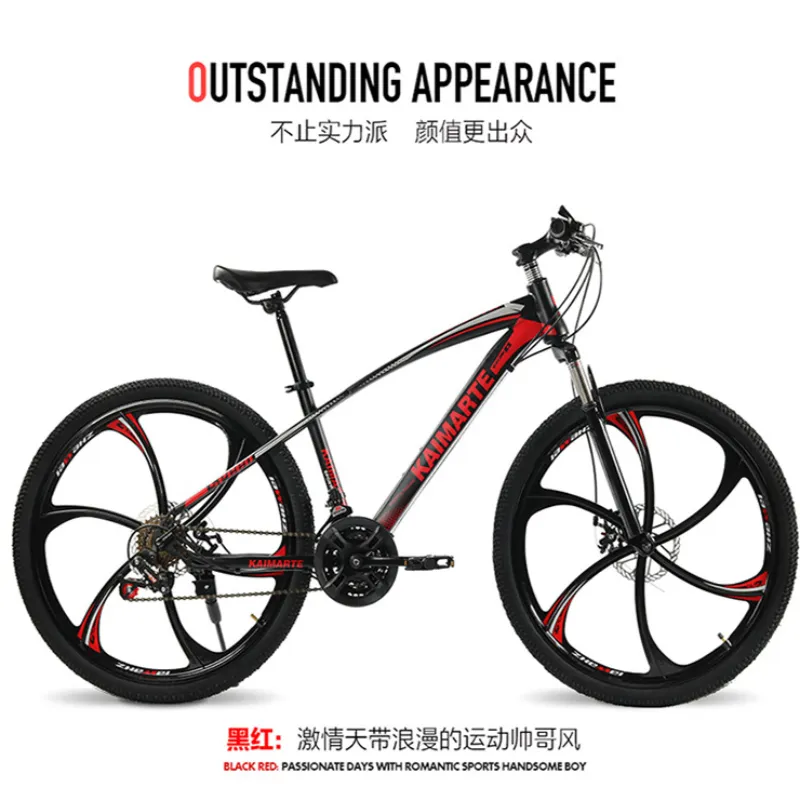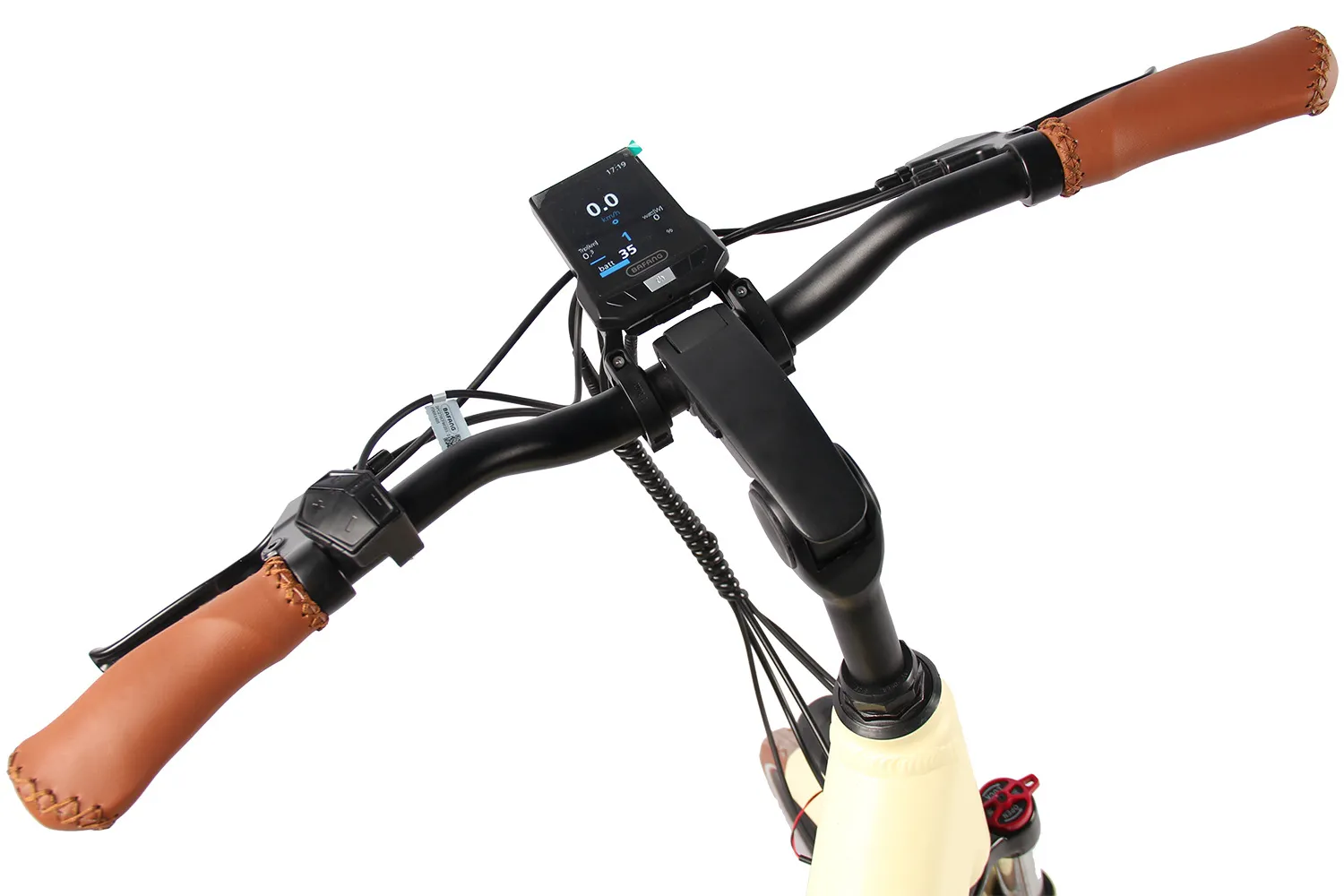
- Afrikaans
- Albanian
- Amharic
- Arabic
- Armenian
- Azerbaijani
- Basque
- Belarusian
- Bengali
- Bosnian
- Bulgarian
- Catalan
- Cebuano
- Corsican
- Croatian
- Czech
- Danish
- Dutch
- English
- Esperanto
- Estonian
- Finnish
- French
- Frisian
- Galician
- Georgian
- German
- Greek
- Gujarati
- Haitian Creole
- hausa
- hawaiian
- Hebrew
- Hindi
- Miao
- Hungarian
- Icelandic
- igbo
- Indonesian
- irish
- Italian
- Japanese
- Javanese
- Kannada
- kazakh
- Khmer
- Rwandese
- Korean
- Kurdish
- Kyrgyz
- Lao
- Latin
- Latvian
- Lithuanian
- Luxembourgish
- Macedonian
- Malgashi
- Malay
- Malayalam
- Maltese
- Maori
- Marathi
- Mongolian
- Myanmar
- Nepali
- Norwegian
- Norwegian
- Occitan
- Pashto
- Persian
- Polish
- Portuguese
- Punjabi
- Romanian
- Russian
- Samoan
- Scottish Gaelic
- Serbian
- Sesotho
- Shona
- Sindhi
- Sinhala
- Slovak
- Slovenian
- Somali
- Spanish
- Sundanese
- Swahili
- Swedish
- Tagalog
- Tajik
- Tamil
- Tatar
- Telugu
- Thai
- Turkish
- Turkmen
- Ukrainian
- Urdu
- Uighur
- Uzbek
- Vietnamese
- Welsh
- Bantu
- Yiddish
- Yoruba
- Zulu
Feb . 19, 2025 06:11 Back to list
derailleur on mountain bike
Choosing a front derailleur for a mountain bike may seem like a straightforward task, but it holds a significant level of importance for optimal biking experience. A front derailleur ensures smooth transitions between chainrings, maintaining cadence and power. Selecting the right one combines knowledge of your bike’s specifications and an understanding of terrain demands.
When it comes to experiential observations, seasoned mountain bikers recommend acknowledging the play between gear ratio and the derailleur’s capabilities. A well-chosen derailleur should complement your riding style, where lower gears are more favorable for climbing rugged inclines, and higher gears efficiently handle descents and speed sections. Maintenance should not be underestimated. Regular checks and servicing of the derailleur prolong its efficiency and reliability. Simple actions such as cleaning the derailleur, inspecting for wear and tear, and ensuring it is correctly lubricated make a considerable difference in performance. Overlooking maintenance can lead to gear slipping and inconsistent shifts, significantly impacting your ride experience. Trust in a front derailleur is earned through a keen understanding of its interaction with the entire drivetrain system, the riding conditions it will face, and the frequency of its use. The derailleur may be a small component in the larger scheme of the bicycle, but it serves a pivotal role. For mountain bike enthusiasts who demand performance on every ride, investing in a quality front derailleur is undeniably beneficial. A reinforced understanding of gear operation, terrain challenges, and technological advancements in mountain biking can not only improve your choices but enhance the overall connection with your bike. Every shift, powered by the front derailleur, stirs adventure into your journey across mountains, trails, and unpredictable terrain, confirming its irreplaceable value. In conclusion, selecting a front derailleur involves much more than simply fitting an extra part to your bike. It requires thoughtful consideration of compatibility, performance needs, and terrain challenges. By prioritizing expertise, reliability, and proper maintenance, your mountain biking experiences can be dramatically improved, underlining the influential role this component plays in your biking ensemble.


When it comes to experiential observations, seasoned mountain bikers recommend acknowledging the play between gear ratio and the derailleur’s capabilities. A well-chosen derailleur should complement your riding style, where lower gears are more favorable for climbing rugged inclines, and higher gears efficiently handle descents and speed sections. Maintenance should not be underestimated. Regular checks and servicing of the derailleur prolong its efficiency and reliability. Simple actions such as cleaning the derailleur, inspecting for wear and tear, and ensuring it is correctly lubricated make a considerable difference in performance. Overlooking maintenance can lead to gear slipping and inconsistent shifts, significantly impacting your ride experience. Trust in a front derailleur is earned through a keen understanding of its interaction with the entire drivetrain system, the riding conditions it will face, and the frequency of its use. The derailleur may be a small component in the larger scheme of the bicycle, but it serves a pivotal role. For mountain bike enthusiasts who demand performance on every ride, investing in a quality front derailleur is undeniably beneficial. A reinforced understanding of gear operation, terrain challenges, and technological advancements in mountain biking can not only improve your choices but enhance the overall connection with your bike. Every shift, powered by the front derailleur, stirs adventure into your journey across mountains, trails, and unpredictable terrain, confirming its irreplaceable value. In conclusion, selecting a front derailleur involves much more than simply fitting an extra part to your bike. It requires thoughtful consideration of compatibility, performance needs, and terrain challenges. By prioritizing expertise, reliability, and proper maintenance, your mountain biking experiences can be dramatically improved, underlining the influential role this component plays in your biking ensemble.
Latest news
-
The Ultimate Kids' Four-Wheeler Experience
NewsJul.09,2025
-
The Ultimate Guide to Mountain Bikes: Gear Up for Your Ride
NewsJul.09,2025
-
The New Age of Cycling: Electric Bikes for Every Rider
NewsJul.09,2025
-
The Best Kids Bicycles: Ride in Style and Safety
NewsJul.09,2025
-
The Best 3-Wheel Scooters for Kids: Fun, Safety, and Adventure
NewsJul.09,2025
-
Revolutionize Your Ride: Affordable Electric Bikes
NewsJul.09,2025
-
Finding the Perfect Mountain Bike for Every Rider
NewsJul.09,2025



